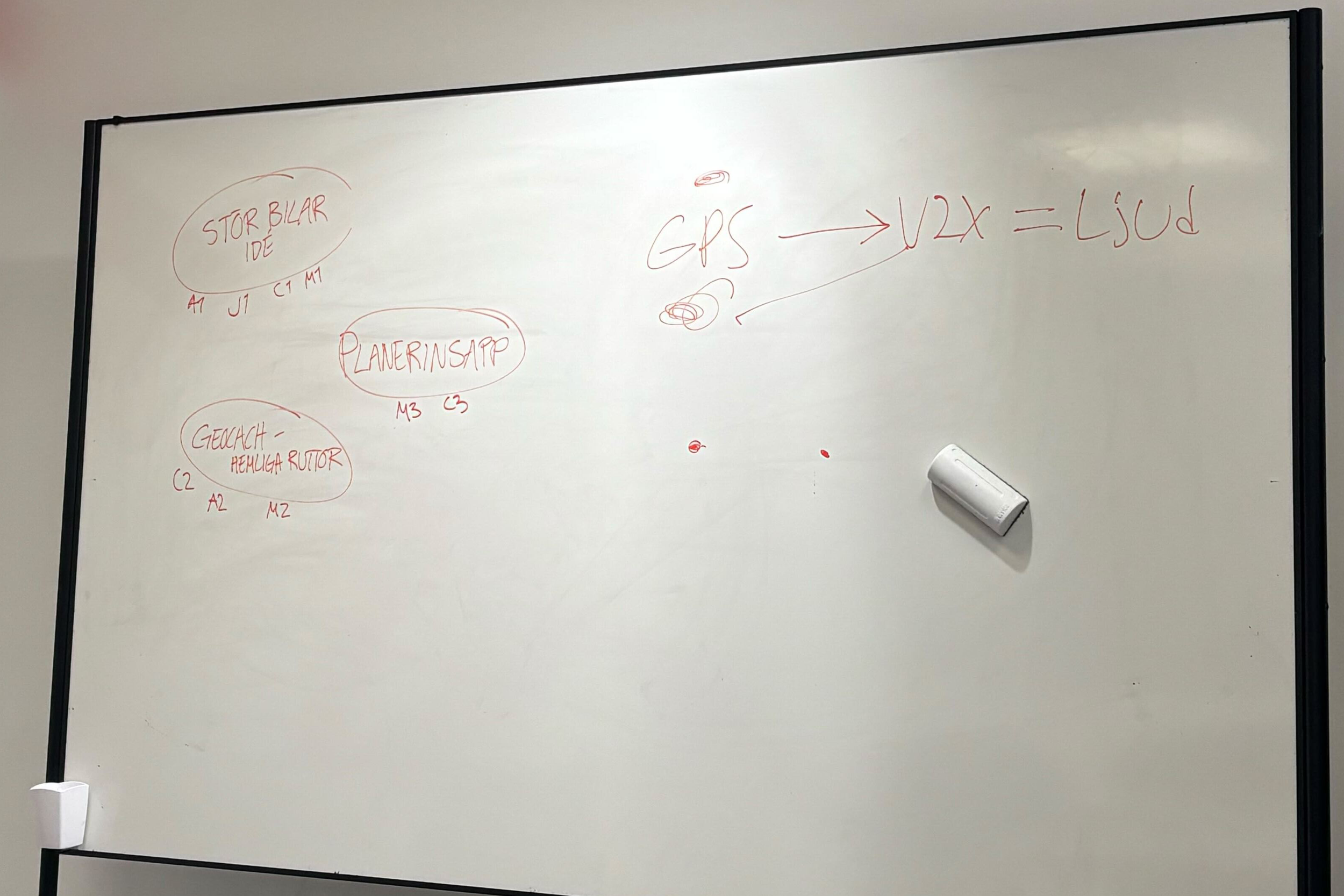Yhamaha Motors
With focus on security
During a UX course at Berghs School of Communication, we were assigned a real case in which the brief was to help Yamaha Motors strengthen its motorcycle community through a digital tool. From this, we developed a solution aimed at both assisting individual motorcyclists in traffic and strengthening the motorcycle community.
Client
Yamaha Motors
Year
2024
The Design Thinking Process
In order for the ux process to be as good as possible, we based our work process on the six steps in the design thinking model: Empathize, define, ideation, protype, test and solution.Empathize:
User Insights in Motorcycling
During the research phase I conducted qualitative interviews with several motorcyclists from diverse backgrounds. I also wrote and distributed surveys in various motorcycle communities. Together, we also analyzed competitors, articles, and other information related to motorcycling.
Define:
Safety and vulnerability
Based on this research, we identified several key pain points to address. One major concern for many respondents was the safety and vulnerability of motorcyclists on the roads. Additionally, a strong sense of community and a desire to help fellow riders were common themes among the responses. We then developed a user journey that illustraded the pain points.
Ideation:
Transmitter that warns cars
Based on these key insights, we brainstormed different ideas that ultimately resulted in three key concepts: A transmitter that can warn of an approaching motorcyclist, a geocaching feature to make it easier to find routes, and a route planning app. We tested the ideas on our test subjects and decided to move forward with the transmitter.
Prototype:
From low-fi to hig-fi
Once we had decided on an idea, we started sketching low-fidelity prototypes, which we tested with a small group. We received feedback to simplify the features and clarify the overall experience. After making adjustments based on the feedback, we created a high-fidelity prototype.
Test:
Tested on the bikers
Once we had a testable high-fidelity prototype, we went to a motorcycle shop and tested it with the target group. We received feedback, such as changing the buttons and clearing up unnecessary features. We went home, made the adjustments, and were now ready to launch our solution.
Solution:
Concern for safety
We created a solution to help motorcyclists in traffic and strengthen their community. Using an API and V2X technology, it alerts cars to approaching motorcyclists, reducing collision risks. Additionally, we developed an app for motorcyclists to communicate and request assistance on the road.
I excel at driving progress and organizing work to keep the process moving, which is why I took on that role in this project. I believe I'm strong at generating ideas and finding solutions, and it was my concept for the transmitter that we decided to pursue. Additionally, I’m fascinated by meeting new people and the insights it can offer, so I took on the role of interviewer during our interview sessions.
My part in the project
The greatest lesson I take away from this case is the incredible insights that interviews with the target audience can provide. Another lesson was understanding how important it is to test hypotheses with the target group to ensure you’re on the right track. Finally, I’ve truly realized the power of teamwork and the fantastic results that can be achieved together.





